Welcome back to the mountain chicken blog! We hope that you are all staying safe and well during these challenging times!
Today we are delighted to present the second blog in our ‘Introducing’ series, where this week we are getting to know Tavis, who conserves the mountain chickens as an Environment Worker in Montserrat’s Department of Environment. Tavis is an incredibly passionate and hardworking member of the MCRP team, whose skills and knowledge are a real asset to the project’s success. He’s here today to share his motivations and achievements and to spread a message of resilience and conservation optimism. Over to you Tavis!
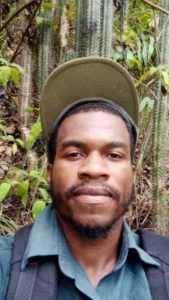 I work within the Department of Environment as an Environment Worker and I am a bit of an all-round guy really. I assist the forestry team with fieldwork, keep abreast with the necessary office work and render assistance, whenever possible, to the Forestry Nursery Team. My passion towards learning about biodiversity stemmed from a very tender age by watching the Discovery and National Geographic channels and on top of this I always loved being outside amongst nature. After achieving an A Level in Environmental Science at the community college, I knew that working with the Department of Environment would be my next move. The knowledge I acquired prior to working with the department was mostly theoretical, hence it really goes without saying that it increased vastly within the practical work setting.
I work within the Department of Environment as an Environment Worker and I am a bit of an all-round guy really. I assist the forestry team with fieldwork, keep abreast with the necessary office work and render assistance, whenever possible, to the Forestry Nursery Team. My passion towards learning about biodiversity stemmed from a very tender age by watching the Discovery and National Geographic channels and on top of this I always loved being outside amongst nature. After achieving an A Level in Environmental Science at the community college, I knew that working with the Department of Environment would be my next move. The knowledge I acquired prior to working with the department was mostly theoretical, hence it really goes without saying that it increased vastly within the practical work setting.
I wasn’t always working with DoE- I actually began my career working as a Carpenter’s apprentice, then moving into administrative work within Her Majesty’s Prison, basically occupying my time until I could be successful in obtaining fulltime work within DoE. It was roughly 8 years before I worked fulltime in DoE but that’s not to say that I was interested in something different and then changed my passion. My focus has always been on the Department of Environment.
I worked part-time with the department in 2009 where I was initiated into research on the mountain chickens. In light of this, I enlisted myself to work within the department, the names were perused and individuals who they thought were best for the job were selected. I received a call of notification where I was informed that my name was placed on a roster to work alongside individuals from the mountain chicken research team. The activities included measuring, weighing and swabbing the frogs for chytrid. My first night out was one I would never forget; I had the theoretical information in my head but no hands-on experience with the mountain chickens. When I saw the frogs up-close for the first time I was like “Yikes! I didn’t realize I would be dealing with frogzilla tonight” (this was all in my head though). I wasn’t the type of person to just go putting my hands on frogs but I was listed to help catch the frogs so the deal was already signed. I hesitantly but boldly reached forward with one grab and was amazed that I was successful upon the first go (what a relief)! As the night prolonged with more successes, I felt a bit calmer around them. Several nights of this officially settled me in even to the point the former mountain chicken project manager – Sarah Louis brought me back to reality with the words “Oh Tavis, you know, you’re not really supposed to talk to the chickens right?”
Though it was part-time work I dealt mainly with the mountain chicken. My passion was kept alive by keeping in contact ever so often with officers from the department checking on the possibility of full-time working opportunities. In my 7th year working in the prison, I was informed that a full-time post was available. I applied and at last was successful in securing a spot within the department.
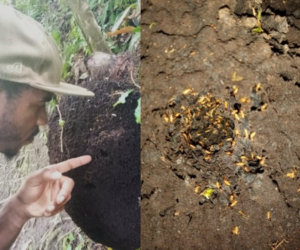
There are various fields of work within DoE ranging from assisting with the revising of environmental policies to field work. Each aspect of work plays a significant part in the upkeep of our environment, thus it is advised to any individual that opts to work in the department to bring an attitude of willingness and be oriented with the caption ‘The Team’. Though work can be challenging at times it is fun most of the times.
Other aspect of my job include;
Annual Bird Monitoring; This is done with a duration period of roughly a month and two weeks where various species of birds are monitored both in the Wet and Dry forests. For credible data the officers engaged in this survey will make their way into the forest just a little after dawn around the same time each day. The calls of different species within each specific area are listened to, recorded and submitted for analysis. The analysis basically gives a findings of the bird population for each species whether there is an increase or decrease. I would say I am a little bit more than halfway knowing the different bird calls on island and as time progresses I will be able to recognize many more. It’s like mathematics in a sense, you have to keep practicing and proving yourself to be correct in order to be validated.
Seed Project; My work colleague Mr. Glenford James and I are currently engaged in Seed collection from a local standpoint. This initiative derived from the Garfield Weston Global Tree Seed Project which was completed in April of last year. It surrounded embarking on an initiative to collect endemic and native tree/shrub species. I think it was up to 10 of the rarest tree and shrub species in each of the UK overseas territories engaged in the project. They were collecting seeds to make an insurance population in case of a crisis, for example if certain native or endemic species declined due to disease or a natural disaster. The idea was that we would be able to go back and say “hey we’ve lost a population of a specified species, could we have a few seeds back so we could start repopulating”.
As part of this initiative, I was given the opportunity to undergo a two week training in 2017 at the Millennium Seed Bank, Wakehurst in the UK. I was indoctrinated on protocols methodologies and tests that can be performed for successful seed storage. Aspects focused on were: seed collecting methods, seed processing, storage and germination tests.
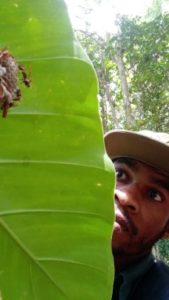 Currently our local initiative is to focus on any plant species that can be used as ornamentals that people would probably be interested in. Most of the endemic species are not what I would call ornamental species, they’re just wild plants that grow in an area and serve their particular purpose. The problem is that some of the species that are important for the ecosystem are not something that anybody would be particularly interested in because they’re not pretty as such.
Currently our local initiative is to focus on any plant species that can be used as ornamentals that people would probably be interested in. Most of the endemic species are not what I would call ornamental species, they’re just wild plants that grow in an area and serve their particular purpose. The problem is that some of the species that are important for the ecosystem are not something that anybody would be particularly interested in because they’re not pretty as such.
At this point we are mainly focusing on two species- the Pribby –Rondeletia buxifolia and the Calliandra purpurea. The Pribby is a native plant that is only found in Montserrat. It can be used for the purpose of hedging. The calliandra on the contrary can be used more as a shade tree and also is a beauty to behold when in bloom. Basically, beauty is in the eye of the beholder so it’s all about how individuals want to plan out their yard or lawn with these items.
I must say, I enjoy all aspects of my work but mostly the mountain chicken aspect – feeding the mountain chickens, cleaning the ponds and so forth. As I said they’re basically like my friends! I remember seeing mountain chickens in the wild. They were very healthy looking, not saying the one in the enclosure are not they probably just need to mature more as they are fairly young. The ones in the wild were much larger to my knowledge and they seemed very comfortable because they were in their natural environment.
From my perspective, I don’t see them as a great deal in terms of being a delicacy. I could be wrong but it didn’t appear to me that a lot of people ate them. Maybe back in the early stages people might’ve eaten them a lot but I don’t think this generation is into that particular type of dish, so maybe that will be a plus for the thriving of the frogs.
What motivates me to conserve wildlife is the drive to see biodiversity and the environment as a whole be viewed as very significant and not thrown aside for monetary gain. ‘Knowledge is Power’, so keeping people informed about the significance of the environment and the implementation of policies to protect a variety of environmental aspects is deemed in my view as progress in the making.
For anyone looking to become a conservationist, I would basically just say follow your heart. If your heart is into a certain aspect of conservation, follow it and do it to the best of your ability, and don’t give up! I never really lost my passion because I kept at it, and as said by the great Napoleon Hill “The starting point of all achievement is desire”. Once you have that mindset, you can keep going at it until you’re successful, reaching heights that you never thought you would attain.
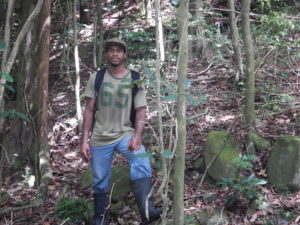


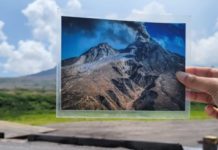
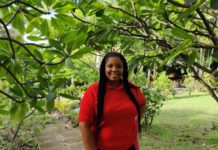
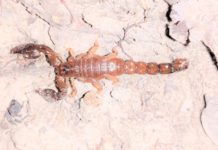


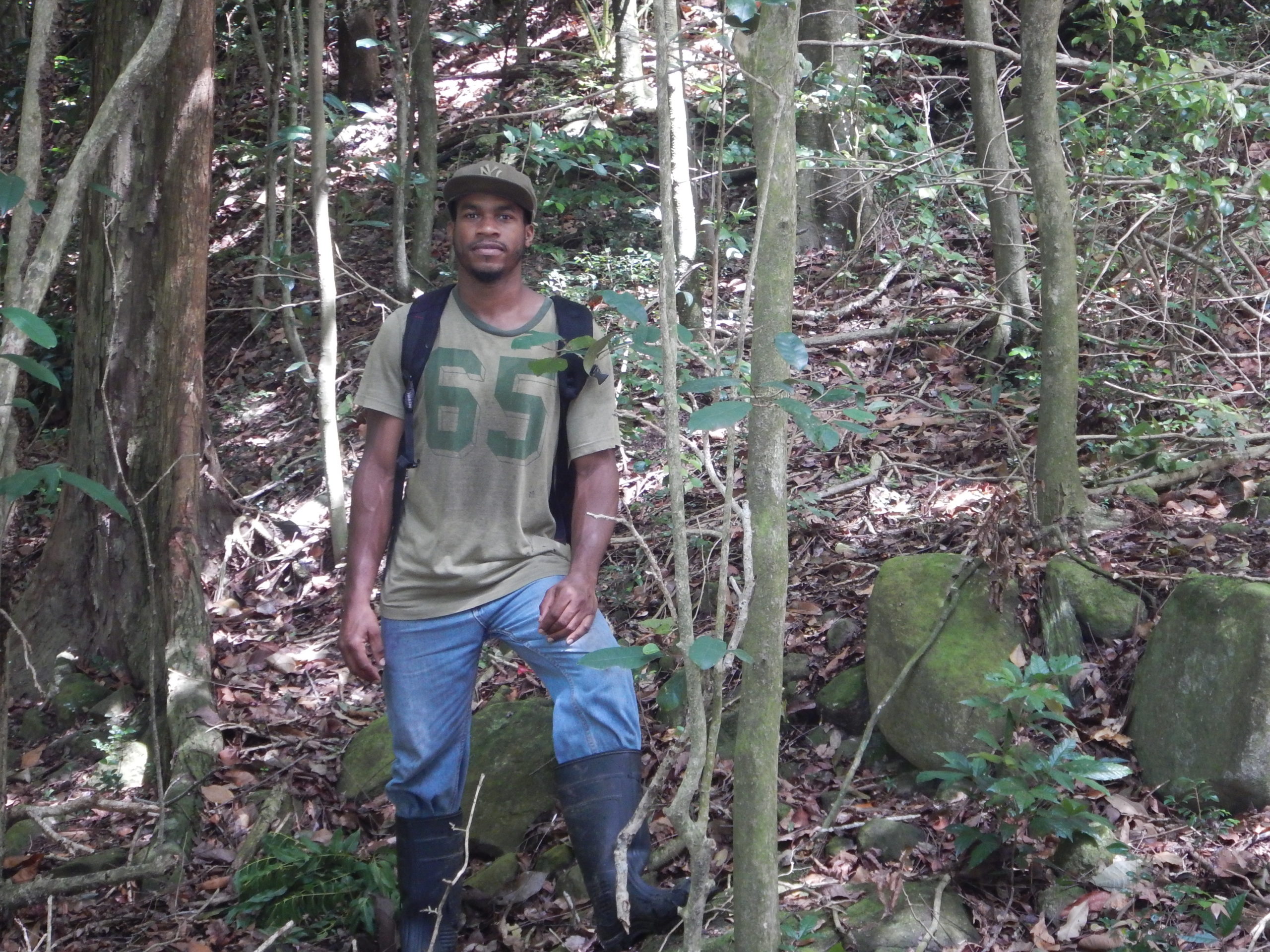

Love this! Great work Tavis 🙂
Fantastic article- thank you Tavis.